CHEST WORKOUT FOR CALISTHENICS
Calisthenics athletes are often accused of having underdeveloped or neglected chests. With this article, I’m going to prove that you can absolutely build a perfect chest in this discipline — and that anyone who doesn’t have one simply hasn’t given this muscle group the priority it deserves. I’ll show you chest exercises using a bar, which you can make more challenging with resistance bands or added weight. If you don’t know how to train chest at home, stick around — we’ll also cover some no-equipment moves.
CALISTHENICS CHEST EXERCISE: PUSH-UPS
Probably one of the most famous calisthenics exercises, if not the most famous. Push-ups are both effective and practical, allowing you to work your chest at home, in the park, or wherever you want. Whether you’re just starting out or have been training for a while, there are push-up variations for every taste and skill level — plus you can make them harder using weights or resistance bands. Besides targeting the chest, push-ups are great for developing the triceps and also engage the shoulders and core. As you can see, they’re an essential pushing exercise for your routines.


TECHNIQUE
The technique for push-ups is more complex than it seems at first glance. Many people think it’s enough to just go up and down any way they can—but that’s not the case. To achieve optimal form, avoid injuries, and fully activate all the muscles involved in the movement, you need to follow these key points:
CALISTHENICS CHEST EXERCISE: PARALLEL BAR DIPS
Dips on parallel bars are a must-add to your training if you truly want to build a perfect chest. They’re essentially a push-up variant but with your torso upright and performed on bars. They’re a step up in intensity compared to push-ups, but they complement each other perfectly (I’ll touch on this at the end).
The primary muscles involved are the triceps and chest, although the front deltoid also gets heavily activated. The position feels very natural, and a neutral grip is usually used; this makes it quite comfortable if you want to add weight at some point.
Finally, before diving into technique, I’ve found that the strength you gain from parallel bar dips is directly related to performance in other exercises, like the handstand. So if you’re interested in mastering handstands, don’t hesitate to focus on improving your dips first.


TECHNIQUE
-
First of all, make sure your hands are at the same height on the bars, so you could draw a straight line between them. It might seem trivial, but it’s easy to have them uneven without noticing until you’ve already started.
-
Start from a straight and comfortable position, with your elbows locked and your body centered between your hands.
-
When lowering, aim to push your shoulders forward without flaring your elbows out. A dip counts as valid once you break the 90º angle with your arms. No need to go lower—even if your buddy insists that going deeper “burns more.”
-
When pushing back up, return to the starting position with elbows locked, avoiding any swinging to assist yourself. Make sure you’re pushing from your palms, not your fingers… sometimes when lowering, hands shift, which can hurt your wrists.
3 CHEST EXERCISE: BAR DIPS
Bar dips are often overlooked by those just starting out in calisthenics. Their parallel bar counterpart, which we’ve already discussed, is much more commonly seen in parks and gyms. That doesn’t mean bar dips aren’t among the most effective exercises for working the chest, shoulders, and triceps. The movement can be challenging at first, as the position isn’t as comfortable as the previous exercises. Still, I highly recommend them, and they’re essential for progressing to muscle-ups. You’ll need to find a low bar—usually, the same parallel bars will work. That said, let’s take a look at how to perform them properly:


- Place your hands at shoulder height. While you’re learning, it’s important not to bring them too close together, as that can be uncomfortable.
- Start in a suspended position, with your arms fully extended and the bar roughly at waist level.
- As you begin to lower yourself, keep your elbows close to your body, avoiding flaring them out. Someone standing in front of you shouldn’t be able to see your elbows.
- The range of motion in this exercise can be tricky to perfect. Some pro athletes don’t use a full range in their sets. I recommend lowering as much as possible, starting by trying to bring your abdomen to the bar, and once you master that, aim for your chest.
HOW TO STRUCTURE THE EXERCISES IN YOUR WORKOUT
Now that we’ve covered the three most effective chest exercises, let’s look at how to organize them in a training session. In my opinion, push-ups and both types of dips fit perfectly together in the same routine, especially if you’re focusing on pushing movements. That said, personally, I don’t often do bar dips because I find them less comfortable than parallel bar dips. What I do recommend is to include at least one type of dip to complement your push-ups. After all, there aren’t that many chest exercises in calisthenics, so it’s important to make the most of what we have.
Now you know how to train your chest at home, in the park, or wherever you want. Remember that push-ups and different calisthenics dips can be made more challenging by adding weights, ankle weights, resistance bands, etc. Don’t let your body weight hold you back—build a perfect chest by progressing with every workout.
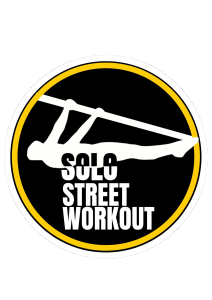
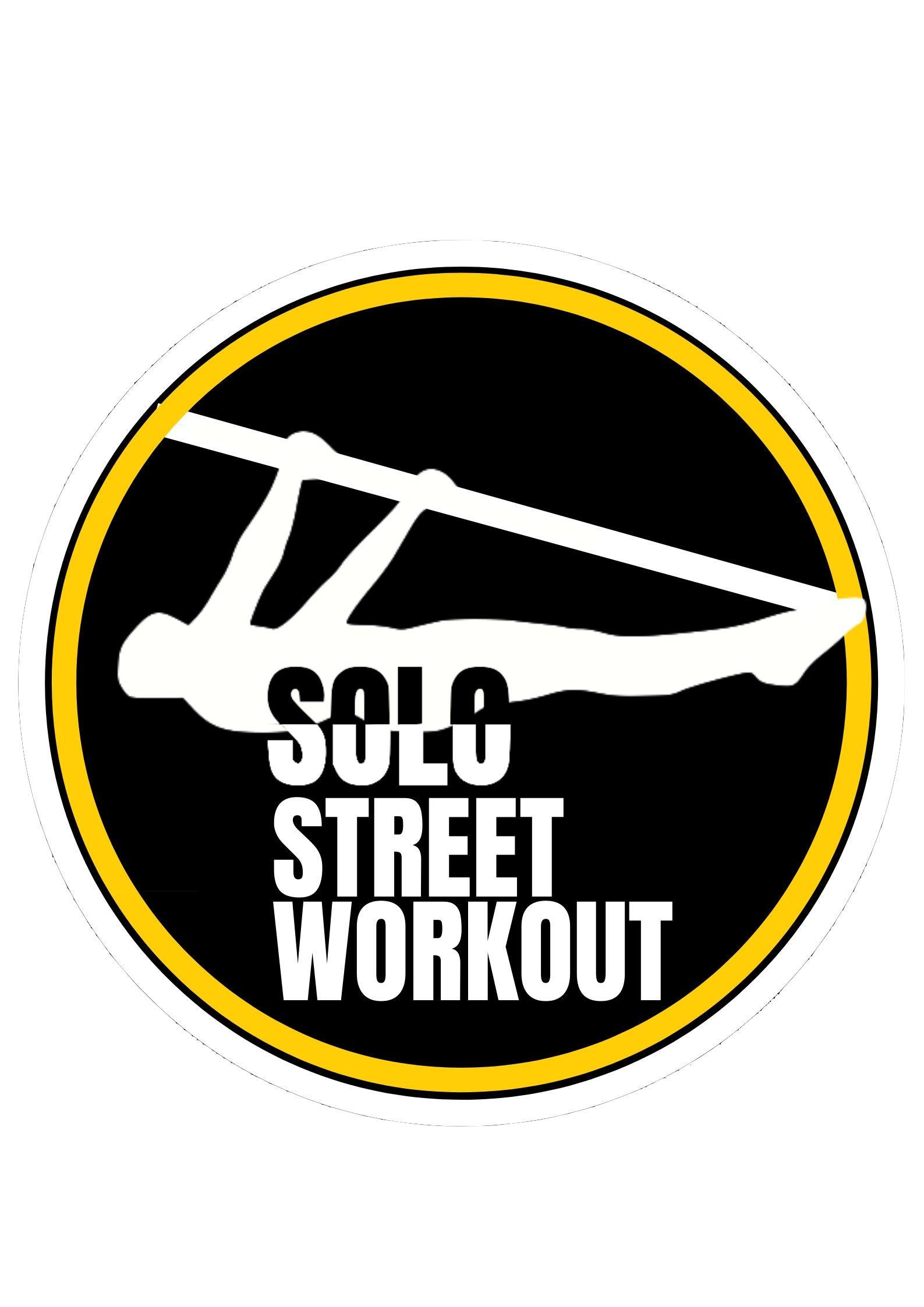

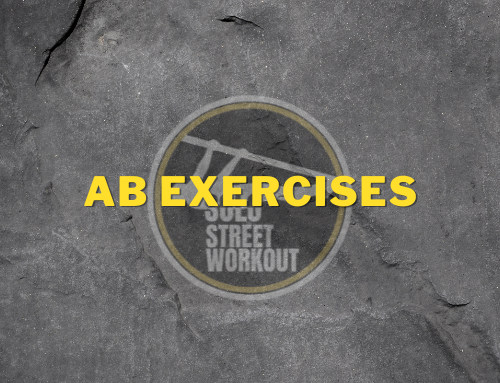
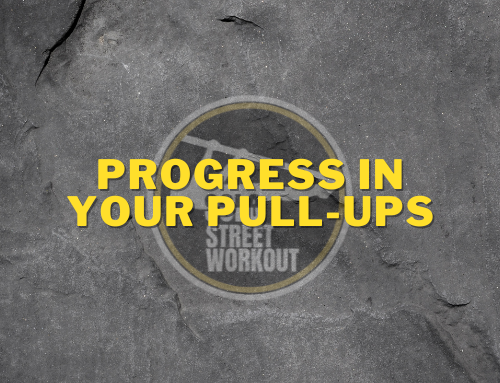
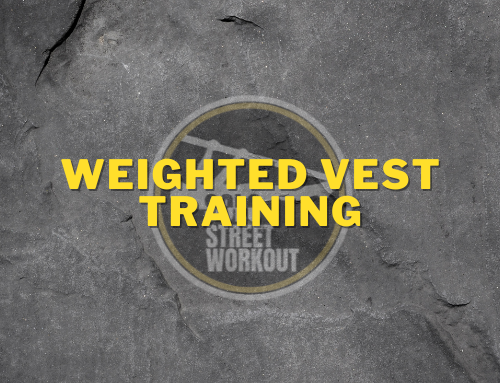


Leave A Comment